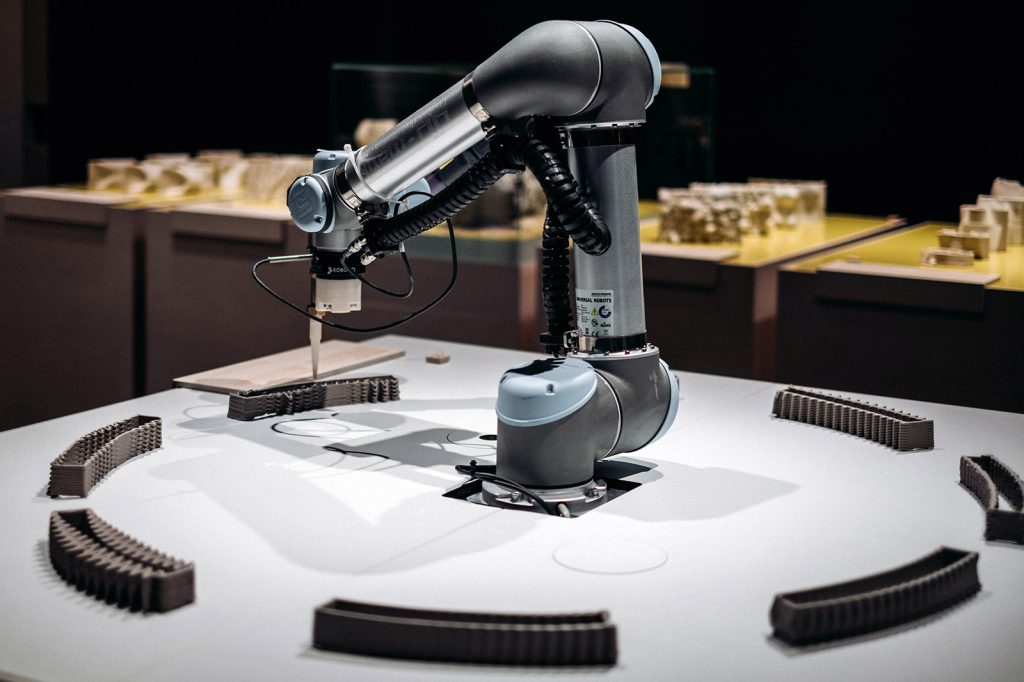In recent years, 3D printing has emerged as a groundbreaking technology with the potential to revolutionize various industries. While its capabilities and applications are awe-inspiring, one question often arises: Why is 3D printing expensive? In this article, we will delve into the intricacies of this technology and explore the factors that contribute to its higher costs. By understanding these aspects, we can gain a comprehensive perspective on the pricing dynamics of 3D printing.
- Materials and Quality:
One of the primary reasons for the higher cost of 3D printing is the materials used. Unlike traditional manufacturing methods, 3D printing requires specialized materials that are specifically formulated for additive manufacturing processes. These materials, such as advanced polymers, metals, and composites, often come at a premium price due to their unique properties and the rigorous quality control measures involved in their production. Additionally, the need for high-quality materials ensures the durability and reliability of the final printed objects, making them suitable for a wide range of applications. - Equipment and Technology:
Another significant factor contributing to the expense of 3D printing is the sophisticated equipment and technology involved. 3D printers are intricate machines that require precise calibration, advanced software, and intricate mechanisms to achieve accurate and reliable results. The research and development costs associated with designing and manufacturing these cutting-edge machines are substantial, which ultimately gets reflected in the pricing of 3D printing services. Moreover, the continuous advancements in 3D printing technology necessitate regular upgrades and maintenance, further adding to the overall costs. - Design Complexity and Customization:
3D printing offers unparalleled design freedom and customization capabilities. However, this flexibility often comes at a cost. Complex designs with intricate geometries and fine details require more time, expertise, and resources to print accurately. The layer-by-layer additive manufacturing process involved in 3D printing can be time-consuming, especially for intricate designs, resulting in higher labor costs. Additionally, the customization aspect of 3D printing allows for personalized products tailored to individual needs, which further adds to the overall expenses. - Post-Processing and Finishing:
While 3D printing produces objects with impressive precision, they often require post-processing and finishing to achieve the desired aesthetics and functionality. This additional step involves removing support structures, sanding, polishing, and sometimes even painting or coating the printed objects. These post-processing techniques require skilled labor, specialized tools, and materials, all of which contribute to the overall cost of 3D printing. - Economies of Scale and Market Demand:
As with any technology, the economies of scale play a crucial role in determining the cost of 3D printing. Currently, 3D printing is not as widely adopted as traditional manufacturing methods, resulting in lower production volumes. The limited demand and smaller market size can lead to higher costs per unit, as the fixed costs associated with 3D printing are distributed over a smaller number of products. However, as the technology continues to evolve and gain wider acceptance, economies of scale are expected to improve, leading to potential cost reductions in the future.
Conclusion:
3D printing has undoubtedly revolutionized the manufacturing landscape, offering unprecedented design freedom, customization, and rapid prototyping capabilities. However, the higher costs associated with this technology stem from various factors, including specialized materials, advanced equipment, complex designs, post-processing requirements, and the current scale of adoption. As the technology matures and becomes more mainstream, it is expected that these costs will gradually decrease, making 3D printing more accessible and affordable for a wider range of applications.




More Stories
How to Choosing the Best Cylinder Essential Oil Packaging Box for Your Brand
Mechanisms of Damping Deadening Rubber Sheets: How They Reduce Vibration and Noise
How SMC Is Manufactured: Process, Materials, and Quality Control